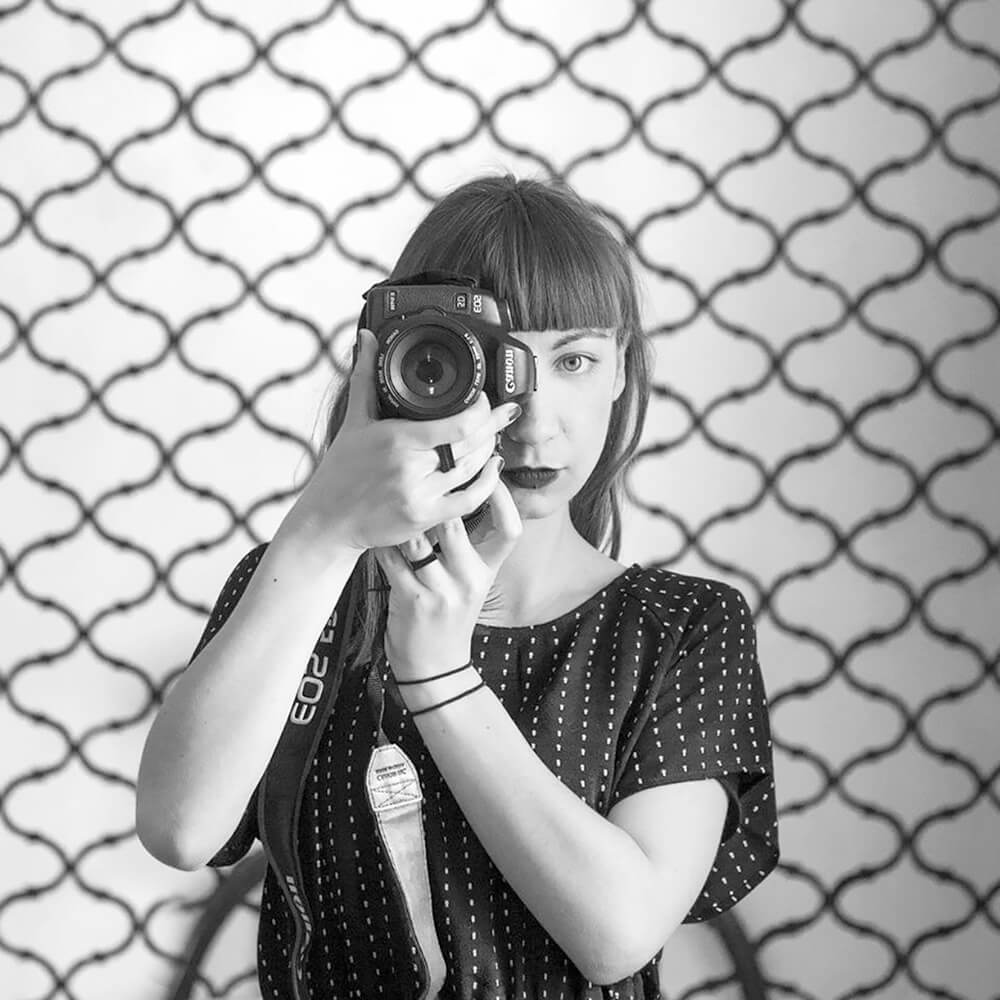Erika Zolli is a photographer specialized in Fine Art. Currently she lives and works in Milan. She holds workshops of creative photography in Italy and in Spain. In her photos new worlds and new realities are created, in order to show and explore the invisible dreamlike dimension that lies in the human mind.
Her works have been mentioned in several magazines and newspapers including: Fotografia Reflex, Il Fotografo, L'Espresso, L'OEil de la photographie, La Repubblica, ANSA.it, Creathead (VICE), Art Parasites, Click Blog, Bored Panda, Fubiz, Creative Boom etc.
She won the first prize of the 'My City' competition organized by the European Environment Agency and the T2gE Conference award during the Transition to the Green Economy (T2gE) conference held in Bratislava.
Metamorphosis of Self: The art of Erika Zolli's Self-Portrait
Surreal, geometric and figurative photographic shots assemble the latest series by the Italian artist Erika Zolli.
In this new project, Metamorphosis of Self, the photographer shows a representation of herself made of symbolism that acts as a bridge towards a deep observation of conscious and unconscious feelings.
In these images, creativity intertwines with a dreamlike and surreal world: origamis that surround the subject, gears that move head and heart, crystal glasses that reflect a face, a silver metamorphosis taking place, and skies that connect with geometric shapes harmoniously.
"In this project, I wanted to create thirteen representations of myself. Each image expresses a concept that is fundamental to me: strengths and weaknesses which, through photographic art, are laid bare to be observed by an eye that retracts. The self-portrait invites us to get out of ourselves. During this process, we become foreigners ourselves, and through this movement, we want to identify by creating a sort of zone of blindness. Here, the opposition between sensible and intelligible overcomes and acts as a bridge between the two sides, allowing a better knowledge of one's unconscious. These thirteen images are characterized by vivid and strong colors to further enhance the subject which, despite being immobile and posing, maintains stability imbued with dynamic force".
